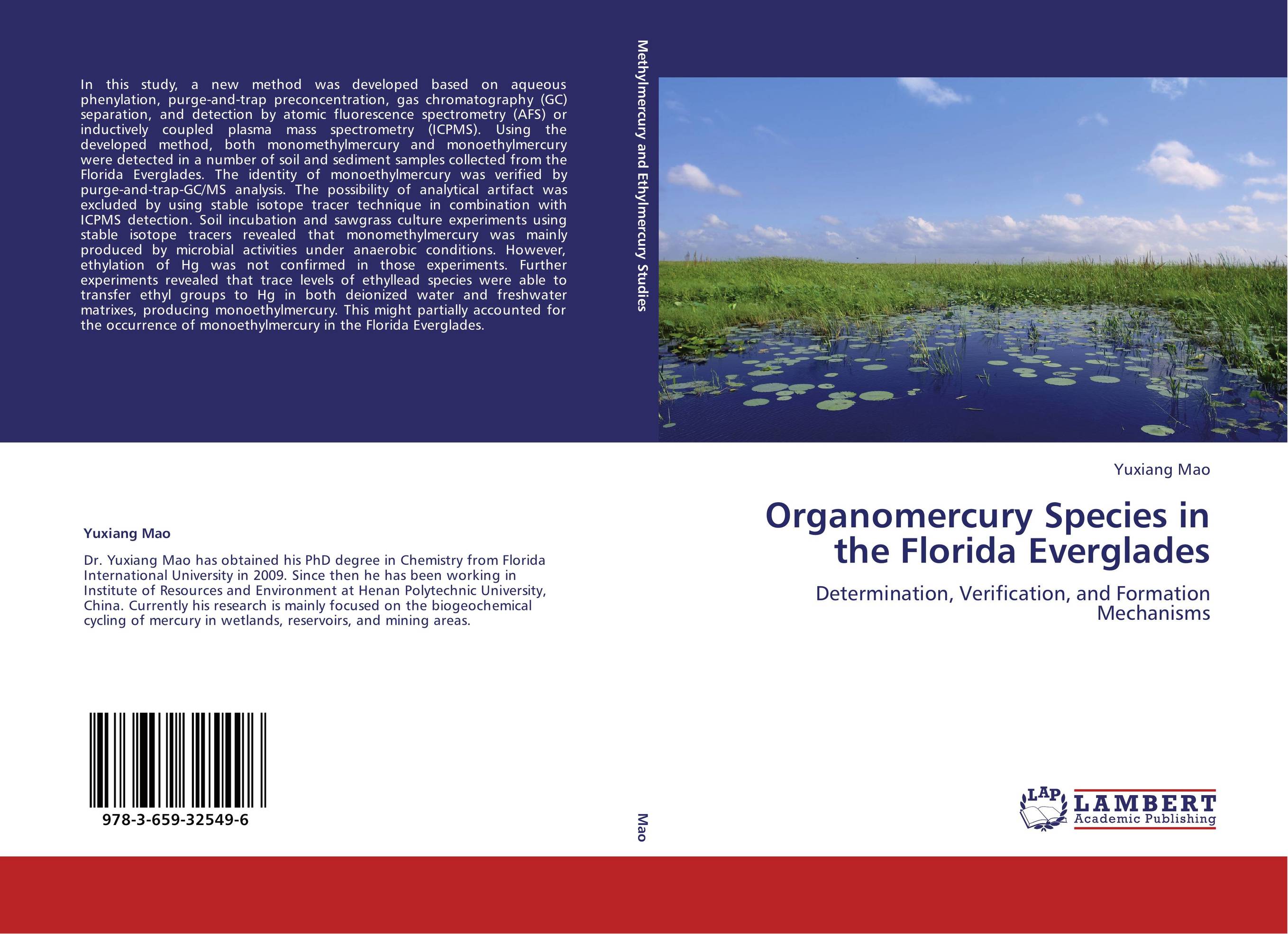| Поиск по каталогу |
|
(строгое соответствие)
|
- Профессиональная
- Научно-популярная
- Художественная
- Публицистика
- Детская
- Искусство
- Хобби, семья, дом
- Спорт
- Путеводители
- Блокноты, тетради, открытки
Organomercury Species in the Florida Everglades. Determination, Verification, and Formation Mechanisms

В наличии
| Местонахождение: Алматы | Состояние экземпляра: новый |

Бумажная
версия
версия
Автор: Yuxiang Mao
ISBN: 9783659325496
Год издания: 2013
Формат книги: 60×90/16 (145×215 мм)
Количество страниц: 120
Издательство: LAP LAMBERT Academic Publishing
Цена: 31921 тг
Положить в корзину
| Способы доставки в город Алматы * комплектация (срок до отгрузки) не более 2 рабочих дней |
| Самовывоз из города Алматы (пункты самовывоза партнёра CDEK) |
| Курьерская доставка CDEK из города Москва |
| Доставка Почтой России из города Москва |
Аннотация: In this study, a new method was developed based on aqueous phenylation, purge-and-trap preconcentration, gas chromatography (GC) separation, and detection by atomic fluorescence spectrometry (AFS) or inductively coupled plasma mass spectrometry (ICPMS). Using the developed method, both monomethylmercury and monoethylmercury were detected in a number of soil and sediment samples collected from the Florida Everglades. The identity of monoethylmercury was verified by purge-and-trap-GC/MS analysis. The possibility of analytical artifact was excluded by using stable isotope tracer technique in combination with ICPMS detection. Soil incubation and sawgrass culture experiments using stable isotope tracers revealed that monomethylmercury was mainly produced by microbial activities under anaerobic conditions. However, ethylation of Hg was not confirmed in those experiments. Further experiments revealed that trace levels of ethyllead species were able to transfer ethyl groups to Hg in both deionized water and freshwater matrixes, producing monoethylmercury. This might partially accounted for the occurrence of monoethylmercury in the Florida Everglades.
Ключевые слова: analysis, Mass spectrometry, methylmercury, ethylmercury, the Florida Everglades, stable isotope tracer



